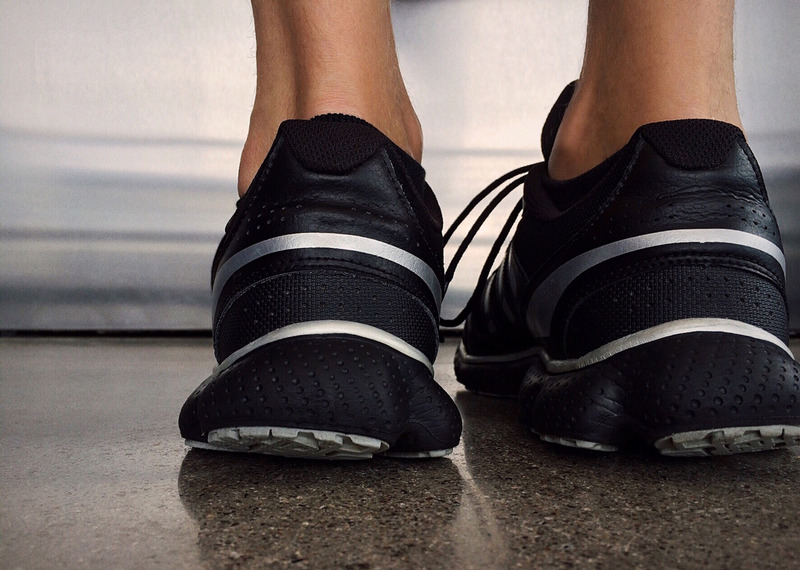Understanding how your foot works will help you choose the correct footwear for your needs and prevent running-related injuries
Written by Nathan Laios, Physiotherapist at The Joint Physio
When you walk into a sports store today the footwear options seem endless. There has been a recent influx of different types of footwear, from the supportive runners we recognise to newer flat or “barefoot” shoes. This large variety makes choosing the correct runner increasingly difficult and is often overwhelming. However, finding the correct shoe for you can be made easier when considering a multitude of individual factors:
- The biomechanics of your foot: if your foot and ankle roll inwards during your walking or running gait you are likely to need a “stability runner”. These are made with higher density foam in the arch aimed at keeping you more stable and preventing injuries such are Achilles tendinitis and plantar fasciitis.
- Your running technique: by this we refer to whether or not you “heel strike” when landing. Those who do often require more support and cushioning.
- The width of your foot: runners these days come in different widths as well as length sizes. Many people require a “wide fit” rather that standard sizing. It is crucial to identify this to ensure optimal shoe performance. For instance, wearing a “stability” shoe that is too narrow for your foot will negate the shoe’s supportive properties.
- Your previous injuries: can shed light on biomechanical needs going forward
- The need to fit orthotics or other inserts you already wear. Some shoes will accommodate these better than others. The only way to know is to try.
- The shoe’s intended use: be wary using new runners on basketball/netball courts with floorboards. The tread on new running shoes is far too grippy on such as surface and can lead acute knee and ankle sprains.
In an ideal world, these factors should be assessed by an experienced health professional (usually a physiotherapist, podiatrist or orthotist) or a specialised footwear shop with trained sales assistants.
A Word on Barefoot or Minimalistic Runners:
Barefoot or natural running involves running with no footwear  or footwear that provides minimal to no sole. It is aimed to encourage the body’s natural shock absorption mechanism through the optimal recruitment of lower limb muscles.
or footwear that provides minimal to no sole. It is aimed to encourage the body’s natural shock absorption mechanism through the optimal recruitment of lower limb muscles.
Whilst it has grown in popularity in recent times, it is not appropriate for everyone. Barefoot running is appropriate for people with no history of foot, ankle or knee problems who are already engaged in regular, load-bearing activity. Even so, it must be introduced and progressed slowly and with great care to prevent injury.
It is well worth a thorough consultation with a physiotherapist or podiatrist before considering the switch to barefoot running.
In summary, the correct runner for you depends on a variety of factors relating to both your body and the activities you wish to perform. For runner advice and assessment speak to the team at The Joint Physio on 9528 2233 or book an appointment online.

